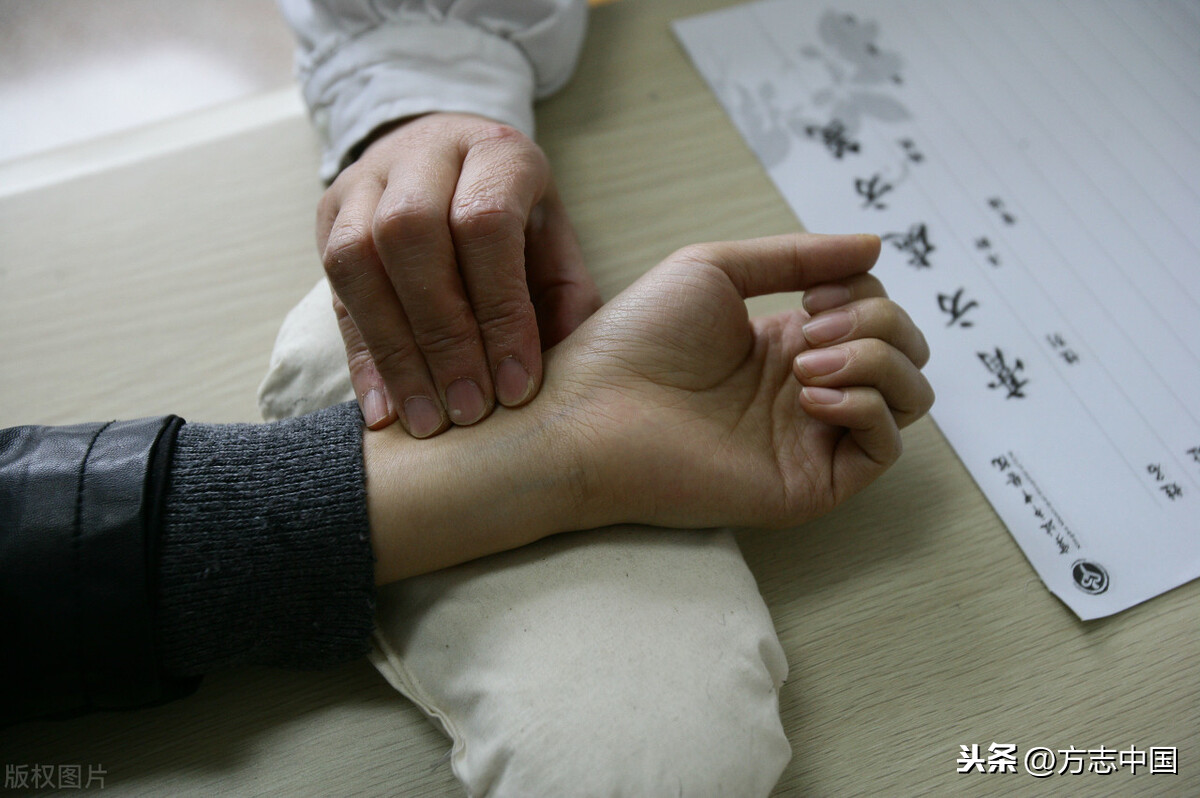
There are many developed medicines in the region, and there are many traditional Chinese medicines. In the Tang Dynasty, the county man Zhang Yizhi was recommended to the court for good smelting medicine stones, and was blessed with martial empress. At the end of the Jin Dynasty, Guan Hanqing of Wuren Village was appointed as the Yin of tai hospital for his superb medical skills. During the Ming and Qing dynasties, there were many medicine shops in the county, and the pharmacists and clerks were full of ears, everyone was familiar with the pharmacology of the medical path, and there were also prescriptions and acupuncture doctors in each village. At the end of the Qing Dynasty, the lesser famous people were Dai Shengwu, Dai Hu, Zhang Ruyi, Song Luohai and so on. Those who go to practice medicine in other places, or "sit in the hall", or "travel to the party", the details are not examined. In the 7th year of the Republic of China (1918), there were more than 300 practitioners and 90 people who were registered in the official government, including Chen Shanji, a sitting hall doctor at admiralty pharmacy, Wang Wentian, a sitting hall doctor at Yanshoutang Pharmacy, Song Keji in Fengbo Village, Cui Luoru in Liuchang Village, Zheng Yulin in Beilou Village, Xing Luoru in Xifuluo Village, Fang Luoxue and Zhang Jinyuan in Huozhuang Village. After the July 7 Incident, most of the medicine shops closed, the doctors closed, and on the eve of the surrender of the Japanese army, there were less than 100 practitioners.
In the 35th year of the Republic of China (1946), the county democratic government organized the establishment of the Doctors' Federation to encourage doctors to open, and at the end of the year, 230 people opened. In 1954, the Hebei Provincial Health Department identified Anguo County as a key county for health work. In July, the number of practitioners of traditional Chinese medicine increased to 321, reaching 495 the following year, including 240 in internal medicine, 20 in surgery, 43 in pediatrics, 6 in acupuncture, 4 in orthopedics, 3 in massage, 17 in ophthalmology, 6 in laryngology, and 156 in others. Traditional Chinese medicine accounts for 77.4% of the total number of medical personnel. In the same year, the Federation of Doctors was renamed the "Anguo Health Workers Association", which had 410 members at the time. During this period, there were many well-known Traditional Chinese medicine practitioners, such as Li Heming, Li Xunming, Huo Chaoqun, Shi Yunru, Chen Congzhou, Ping Zhaolin, Chen Mutang, Zhang Baoxian, Gao Xinmiao, Jiao Yaoran, etc. all had profound achievements. In 1956, the medical system was reformed, and the township doctors were organized to set up joint clinics, and some quacks were eliminated. By 1957, 162 TCM practitioners were retained, accounting for 67% of the total number of medical personnel. In 1958, there were 80 Chinese medicine practitioners with 150 apprentices, and after 4 years of study, 35 people obtained medical qualifications. In 1966, there were 180 TCM practitioners, accounting for 50% of the total number of medical personnel. Li Heming, Li Xunming, Huo Shichang, Wang Bingshan and other generations of traditional Chinese medicine are well-known in the county. After that, TCM decreased year by year, and by 1978 there were only 92 people, accounting for 20.8% of the total number of medical staff, including 1 TCM physician and 20 physicians. Since then, the state has attached great importance to the development of traditional Chinese medicine and encouraged Traditional Chinese medicine to further study by self-study and bring the old to the new.
In the 1980 job title evaluation, 4 people were rated as Chinese medicine doctors and 82 people were rated as Chinese medicine practitioners. In 1985, the system of hiring medical personnel titles was implemented, and 85 Chinese medicine practitioners were hired. In 1990, among the 93 TCM practitioners, there were 1 deputy chief physician, 45 attending physicians, 35 physicians and 4 physicians; There are 3 Chinese medicine teachers and 5 pharmacists.
(The above is the lower limit of the "Anguo County Chronicle" in 1990)